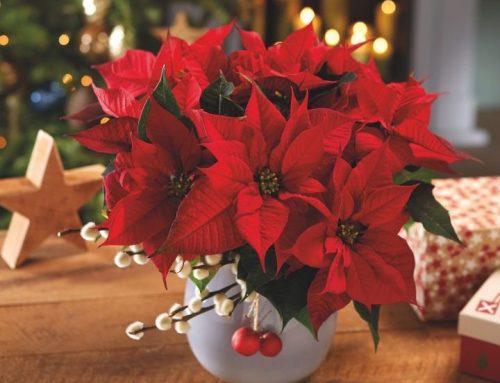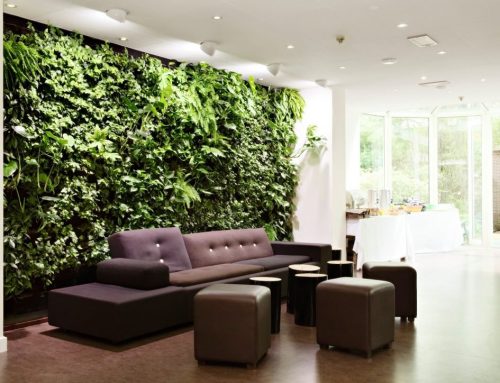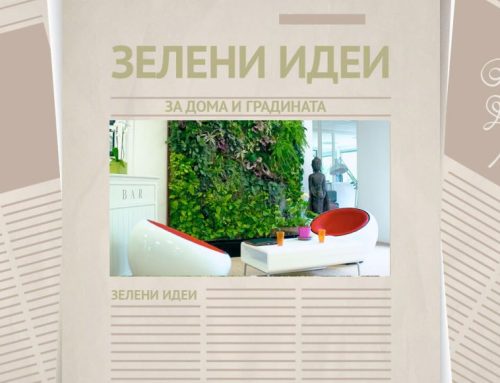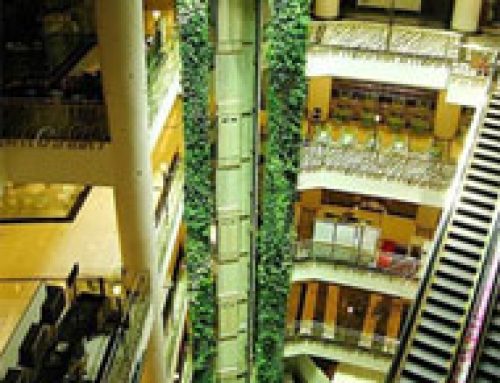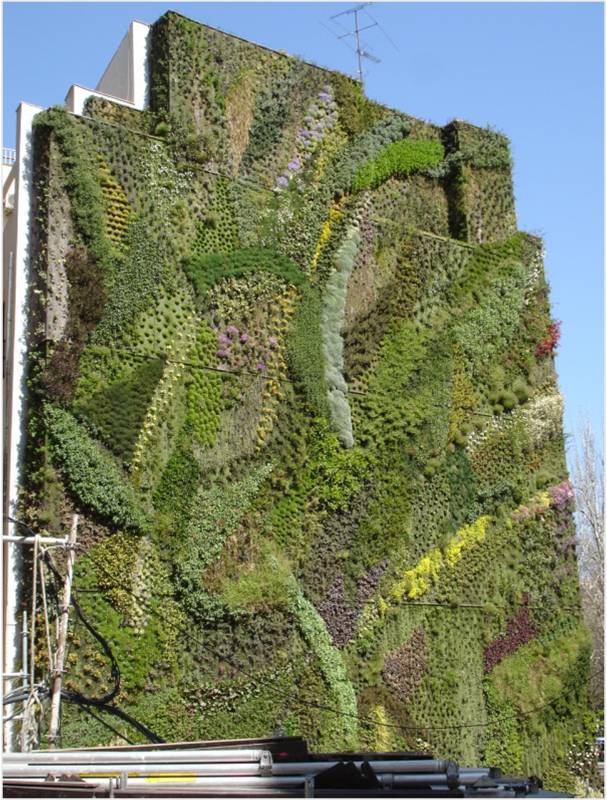
Historically the original idea of a green wall dates from 600 AD and has emerged in the Hanging Gardens of Babylon. Today it is an attraction acquired an unheard popularity thanks to the innovation in landscaping called hydroponics – a concept originally developed by Patrick Blank, widely respected French botanicals.
Besides aesthetic and elegant finish, green walls have their practical purposes. One of which is the filtration and returning of the air back in the building, filling it with phytoncides.
With the integration of landscape design, the green wall maintenance in urban environment provides a high percentage of green areas. This in turn helps reducing the noise by up to 5dB and significantly improves the quality of air which we inhale. Natural result of the favorable effect of green walls are the dust absorption and efficient utilization of space.
Green walls have two varieties.
Green facades are the first and main category, which is constructed of remontants or vines, planted directly into the wall. Often the stability of the green façade is provided by predesigned construction.
Second category, the living walls are modules, divided into specific plant environment. The different modules have specific dimensions and hinge on the support frame, made of stainless steel or aluminum.
Living walls, as the second category, have three subcategories of living walls, divided according to the completed structure.
Living Garden, France
Vertical Living Garden
Often called “potted type”, this type of living gardens are made of planted in soil plants, situated in separate pots on the wall. This wall type requires a plant refreshment at least once a year for exterior environment and once for a period of 2-3 years for interior environment.
Suitable for rooms with large flow of people. Because of the wind and rain, it is common for the mail to get scattered and pollution the area around the living garden. There is an initial requirement the height of the wall should not exceed 2.5 meters. This is because the separate shelves or pots can be easily overthrown during a strong wind. It is recommended to avoid areas with strong seismic activity. Appropriate type of system for the yard, mainly because of its ability of refreshment of the different plants quite frequently.
Second Type
Vertical “Hanging” Living Garden
The second type systems are built of coconut fibers or other organic material. Mainly in the form of mats. Thin, often made of several layers. This type of systems are not capable of maintaining a living root system of mature plants for a maximum period of five years. This is because the water cannot pass through the formed mat, providing the necessary nutrients to the soil.
A repair is possible for this system, aiming to change sections. This in turn leads to damaging of the root system of the nearby plant species. This type of systems have high water consumption. The need of continuously watering is often occurring because of the think structure and its inability to retain water.
During the process of construction and installation of similar type of system, it is needed a custom build system for circulation to repeatedly use of supplying with water. Suitable for areas with height of up to 2.5 meters.
Third Type
Vertical Living Garden
The third type of systems are made of panels, not cocoa fibers or free-standing. Can be made in a variety of shape and size. Often are a product made of inorganic product, combined with organic one. This is the best combination thanks to the development of plants in organic soil substrate. Thus, the water consumption and additionally fed nutrients in the form of manure is minimized. This type of system is offered with a warranty from 10 to 15 years. Often choice for interior and exterior purposes.
Excellent choice for areas with seismic activity or powerful winds. This type of systems are more expensive to install, but compensate with cheaper and more affordable maintenance. During the installation process of this type of system on the building, the living wall compensates the temperature inside the building during the summer periods and increases it during the winter. The plants on the living wall have the ability to capture the direct and reflected sunlight from external sources, such as nearby buildings, passing cars, asphalt.
This type of living walls have the ability to use water more than once. Purify slightly polluted water and manage to absorb the dissolved substances in it. The mineralization of the organic components through the bacteria contributes for increasing the absorption rate of the plants.
Suitable type of system for arid areas. Possibility of evaporation of water on a vertical wall.
- Type of construction on which will be built landscaping;
- Interior and exterior;
- What’s the purpose of it?
Visual and aesthetical effect; - Personal preferences of the client;
- Other specific features of the site.
Advantages of the vertical gardening:
- Increasing the green areas in the cities;
- Reducing the noise with up to 5dB;
- Improving the quality of air;
- Effective use of space;
- Good dust absorption.






